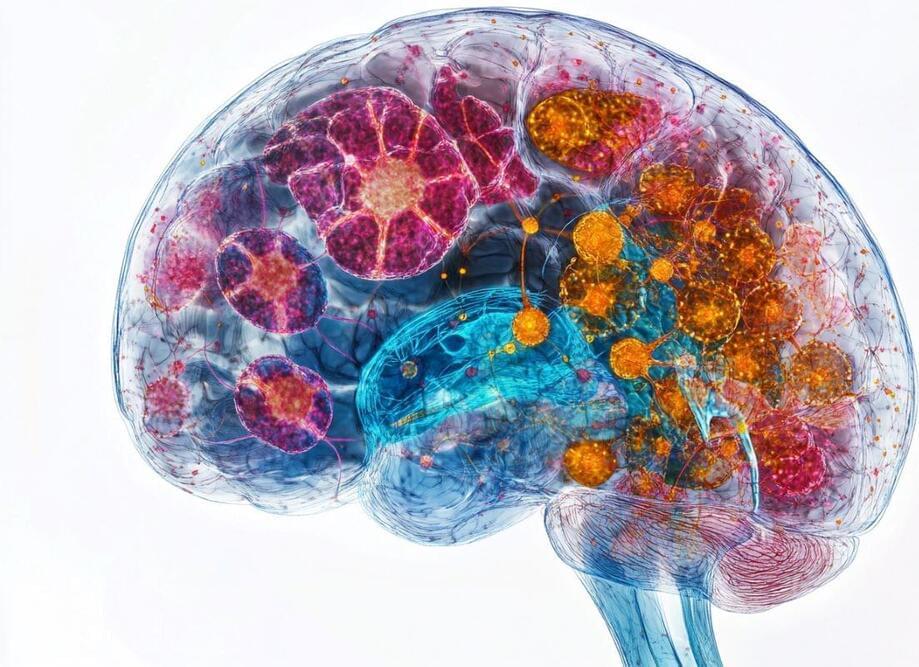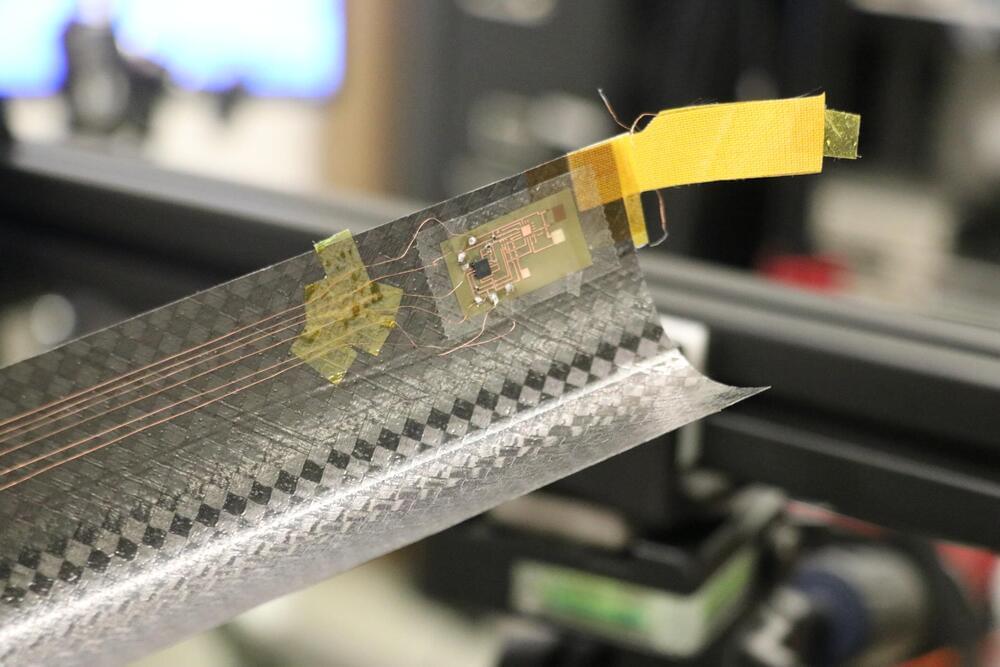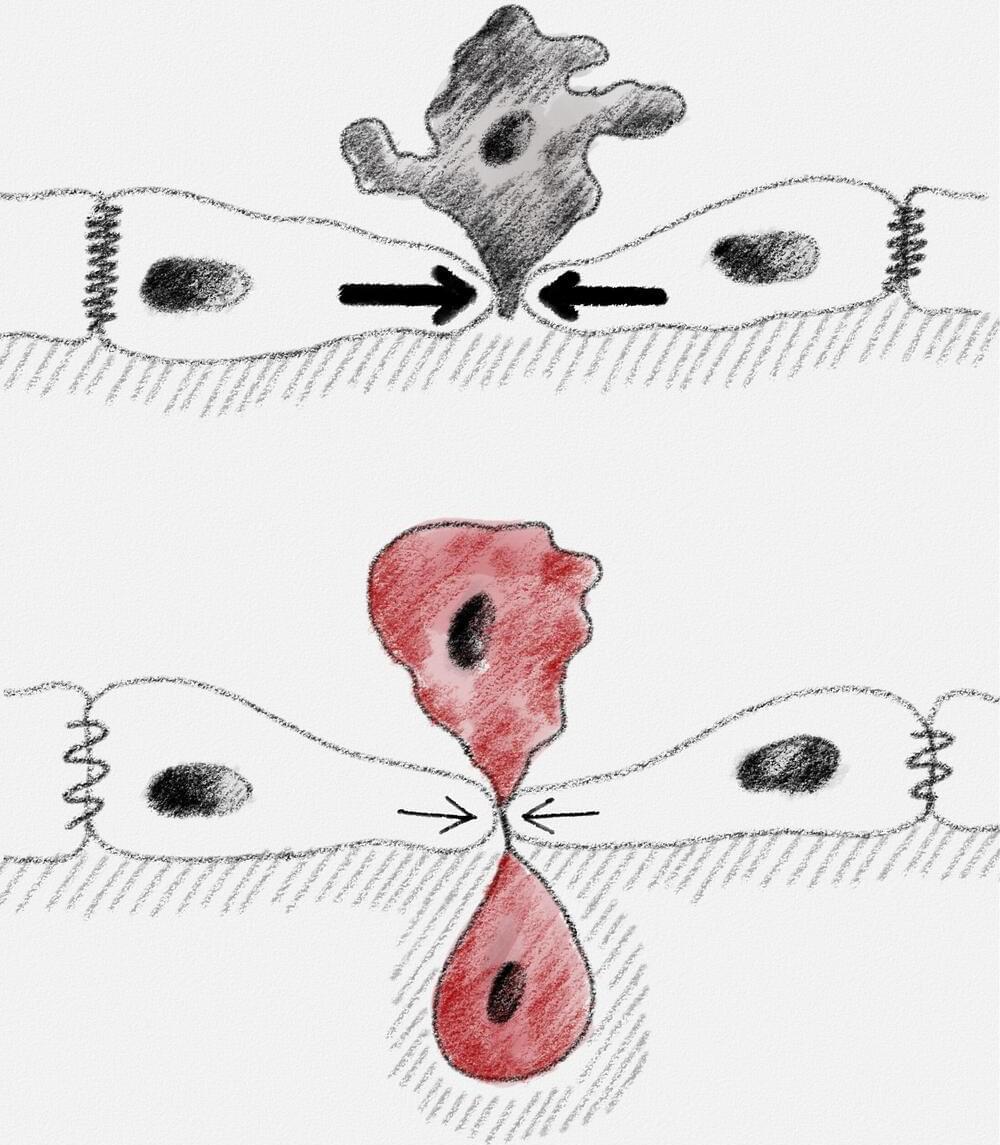Scientists expect the moon to have better soil for growing food than the red planet.



Summary: Researchers have identified a unique stem cell in the young brain capable of maturing into multiple cell types, potentially explaining the origins of autism and glioblastoma. These stem cells show gene expression patterns that regulate early brain development and, when disrupted, could lead to neurological conditions.
The study provides a detailed gene expression map, linking autism-related genes to immature neurons active during brain growth. The findings open avenues for targeting glioblastoma’s origins and better understanding autism’s developmental roots.


The AI behavior models controlling how robots interact with the physical world haven’t been advancing at the crazy pace that GPT-style language models have – but new multiverse ‘world simulators’ from Nvidia and Google could change that rapidly.
There’s a chicken-and-egg issue slowing things down for AI robotics; large language model (LLM) AIs have enjoyed the benefit of massive troves of data to train from, since the Internet already holds an extraordinary wealth of text, image, video and audio data.
But there’s far less data for large behavior model (LBM) AIs to train on. Robots and autonomous vehicles are expensive and annoyingly physical, so data around 3D representations of real-world physical situations is taking a lot longer to collect and incorporate into AI models.

Innovative integration of flexible electronics with a lightweight, self-deployable boom offers multifunctionality for space applications. This ultrathin composite structure, designed to withstand harsh space conditions, enhances satellite capabilities. The Virginia Tech CubeSat, featuring this technology, is set for a 2025 launch.
Being lightweight is essential for space structures, particularly for tools used on already small, lightweight satellites. The ability to perform multiple functions is a bonus. To address these characteristics in a new way, researchers at the University of Illinois Urbana-Champaign successfully integrated flexible electronics with a three-ply, self-deployable boom that weighs only about 20 grams.
The study, “Multifunctional bistable ultrathin composite booms with flexible electronics,” by Yao Yao and Xin Ning from Illinois, Juan Fernandez from NASA Langley Research Center and Sven Bilén at Penn State, is published in Extreme Mechanics Letters.
“It’s difficult to get commercial electronics integrated into these super thin structures,” said Xin Ning, an aerospace professor in The Grainger College of Engineering at U. of I. “There were a lot of engineering constraints adding to the challenge of making the electronics able to withstand the harsh environment of space.”

Epithelial tissues are in constant interaction with their environment. Maintaining their functionality requires dynamic balance (homeostasis) and that their cell numbers are tightly regulated. This is achieved by cell extrusion programs, a checkpoint mechanism eliminating unwanted or harmful cells.
Researchers at the Max-Planck-Zentrum für Physik und Medizin (MPZPM), Institut Jacques Monod (CNRS, UP Cité, France) and Niels Bohr Institute (Denmark) have now demonstrated how physical signals can have an impact on the fate of extruding cells governing their death or survival. The results recently published in Nature Physics may establish novel paths for understanding tissue properties in both normal and pathological conditions.
Epithelia are dynamic and must constantly deal with cell renewal. Therefore, the removal of cells from a tissue, called apoptotic extrusion, occurs regularly. Its balance is key for epithelia homeostasis. In addition to this role in tissue homeostasis, cell extrusion is a major cause of tissue shape changes and tumor progression.
Throughout history, humanity has spun horrifying tales of sapient species beyond our own. From ghastly subhuman creatures dwelling in decrepit subterranean lairs to ghoulish humanoids bent on destruction, these lores have delighted and terrified us in equal measure. The medieval period was rife with legends of menacing beings lurking in the shadows, while centuries later, the Industrial Revolution ushered in scientific breakthroughs in anatomy and genetics. With this came a new question: could other sapient beings truly exist?

Is it possible to travel at 100 million miles an hour? Can we accomplish this with present day technology? Or is Interstellar travel a capability reserved for Alien Civilizations?
#nasa #uap #alien.
Please support my channel for a chance to win a piece of Starship history!!
Either hit “Super Thanks” or support me on Patreon!
https://www.patreon.com/AngryAstronaut.
https://cash.app/$Angry70
https://www.paypal.com/paypalme/AngryAstro.
Follow me on twitter:
https://twitter.com/Astro_Angry.
My email: [email protected].
Support Digital Voodoo!
https://youtube.com/@digitalvoodoo-pdv?si=hrDuEZCvGA2x-R4l